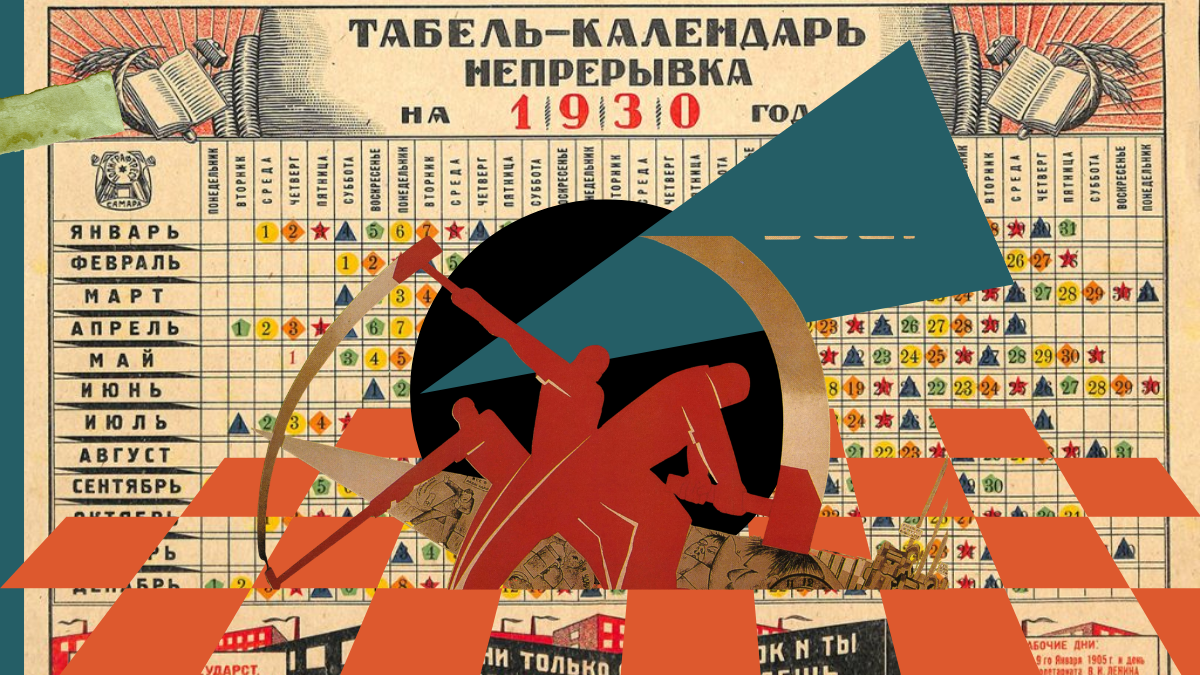Moscow Calling – June in Review
In June 2025, Russian state and pro-Kremlin media continued to build a propaganda narrative centered on the image of Russia as a victim of external aggression, forced to defend itself amid a geopolitical siege. A permanent state of alarm shaped the information agenda: any events taking place inside or outside the country were interpreted as manifestations of threats, sabotage, or strategic pressure.
The topic of Ukraine remained in the spotlight. Throughout the month, the media focused on the alleged reduction in Western aid to Kyiv, particularly from the U.S. This was presented as a sign of the West’s strategy failing and “fatigue” with the conflict, as well as evidence of the Pentagon’s depleted resources. It was emphasized that Ukraine was becoming an “abandoned project” that sacrificed its sovereignty. At the same time, the terrorist attack at Crocus City Hall in Russia was conclusively linked to the actions of Ukrainian special services. According to the propagandist media, the accused allegedly confessed to receiving orders from Ukraine and having ties to radical Islamists. This created an image of an external enemy infiltrating the internal space, with Ukraine being labeled not only as a military adversary but also as a terrorist state.
The topic of Armenia, where President Pashinyan has been rounding up influential enemies in the business community and the Church on accusations of their alliance with Russia, became much more prominent in Russian propagandist media, too. Armenia was portrayed as a country that had broken away from its alliance with Moscow and fallen under Western influence. Particular emphasis was placed on the persecution of representatives of the Armenian Apostolic Church and entrepreneurs, accusing the government of betraying “strategic interests” (i.e., alliance with Moscow). However, propagandists left room for “saving” relations, claiming that anti-Russian sentiments were allegedly imposed from outside and did not reflect the true opinion of society. This preserved Russia’s role as a disappointed yet patient “senior partner.”
The Belarusian topic surfaced unexpectedly, against the backdrop of the release of several opposition prisoners, which Russian propaganda media viewed with suspicion. It was interpreted as a concession made by Minsk under pressure from the West, in particular the U.S., whose representatives were present in the country at the time the decision was made. This event fit into the general narrative of a “creeping shift” of Russia’s allies towards the West and was used to nourish the fears of a repeated “Ukrainian scenario.” The Kremlin amplifiers emphasized that pressure was being exerted on Belarus through humanitarian and political initiatives, to undermine internal stability.
Against this backdrop, the phantom internal threat posed by ethnic minorities was actively pushed forward on the Kremlin screens when it came to the case of Azerbaijan. The incidents involving Azerbaijanis in Yekaterinburg, who were accused of forming a criminal group, were used as a pretext. Baku’s dramatic response to the killing of its two nationals was presented as a manifestation of hostile nationalism. The Russian media suggested restricting the activities of diasporas, introducing strict control measures, and revising legislation. Thus, internal security was once again linked to external security, and diasporas were seen as potential “agents of destruction.”
The Israeli-Iranian conflict was added to the critical foreign policy issues in June. The Russian media focused on U.S. strikes on Iranian territory, which were presented as a demonstration of aggression and arbitrariness, as well as a fodder for the traditional “whataboutism” – U.S. does as we do, argued Moscow pundits, but it is we who are getting punished. Iran was portrayed as a victim of the West’s unilateral power politics, while Russia was presented as part of a bloc of sovereign states suffering from the U.S. global dictatorship. At the same time, Israel was accused of provoking the conflict and “dragging” the region into disaster – obviously, “under NATO’s supervision.” These events completed the picture of a world in which the U.S. is fomenting crises across the globe, while Russia is supposedly opposing this chaos and remaining morally righteous.
At the same time, an active campaign of internal mobilization was underway. Opposing views, liberal sentiments, independent media, and even “indecisive” officials came under fire. Accusations of sabotage, treason, and working for foreign interests were actively used in rhetoric. There was an increased emphasis on “cleansing” the system, vigilance, and tightening control. Information control was positioned as a necessary measure to protect against “information sabotage” and was justified by pressure on the remaining independent platforms.
The structure of the information campaign remained stable and repetitive. Regardless of the subject matter—whether it was Ukraine, Armenia, Belarus, Iran, diasporas, or liberals—the same elements were present in each case: an external enemy, internal vulnerability, betrayal, and the image of the state as a protector from tumult. The central message was a demand for unity and obedience: any form of dissent was interpreted as a threat, and political loyalty was presented as a condition for survival. In June 2025, Russian propaganda demonstrated not only its resilience and repetitiveness but also its ability to weave new external pretexts into the overall narrative quickly: Russia is surrounded by enemies, but it remains strong in spirit and historically right.
